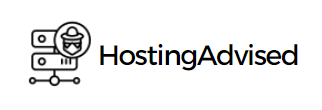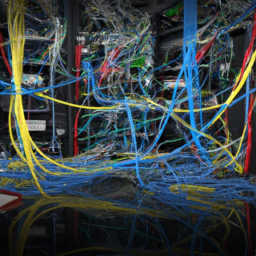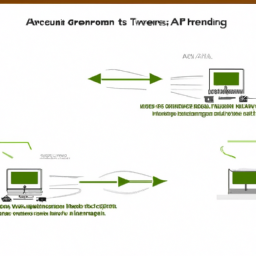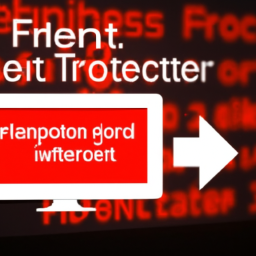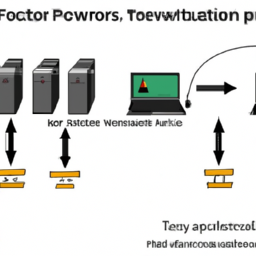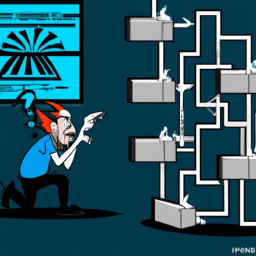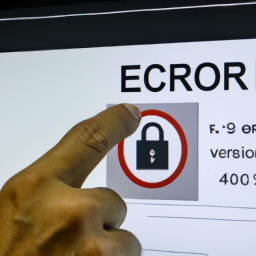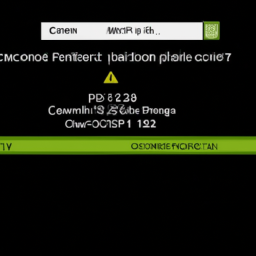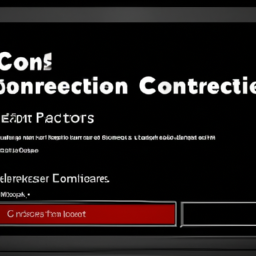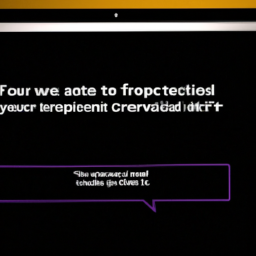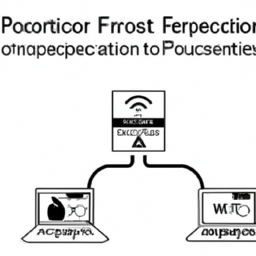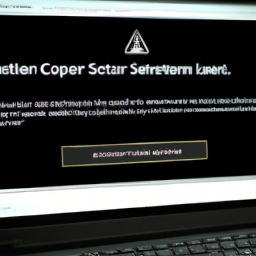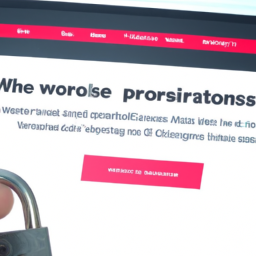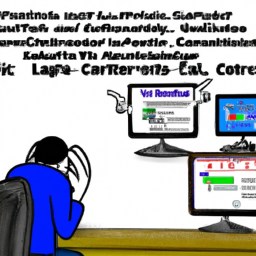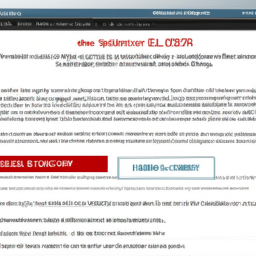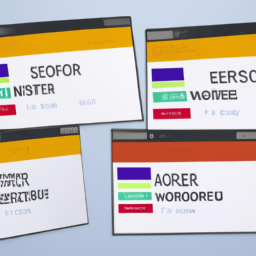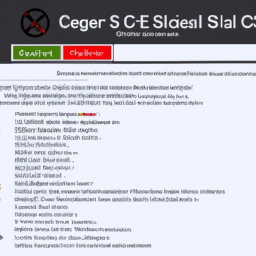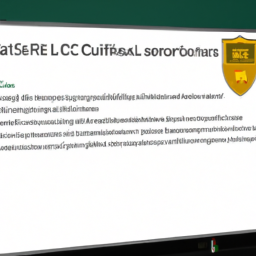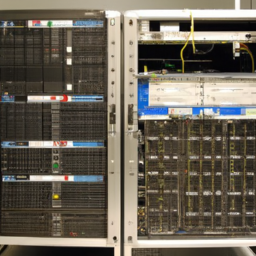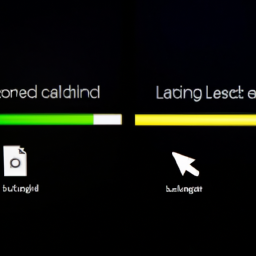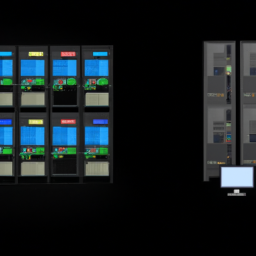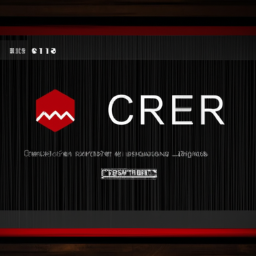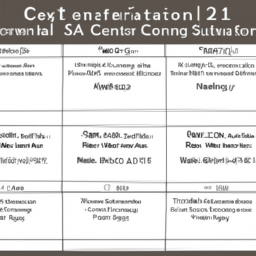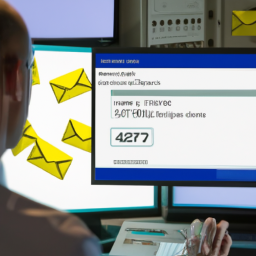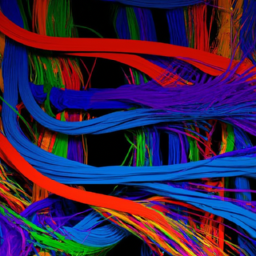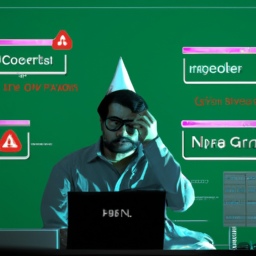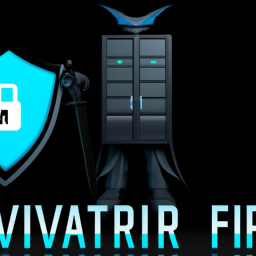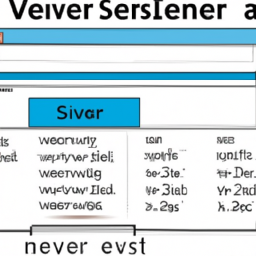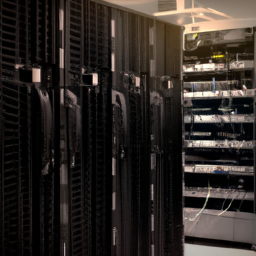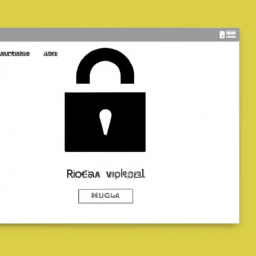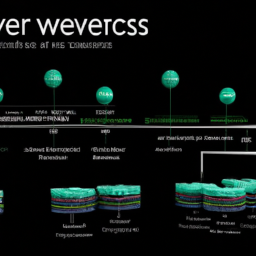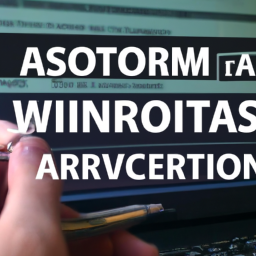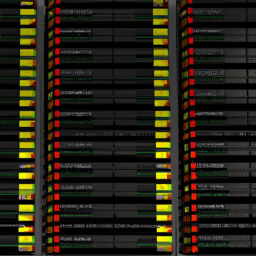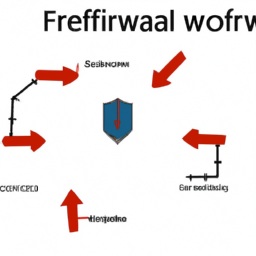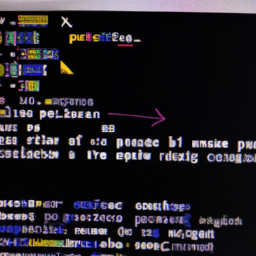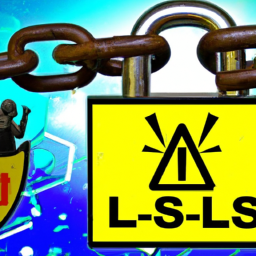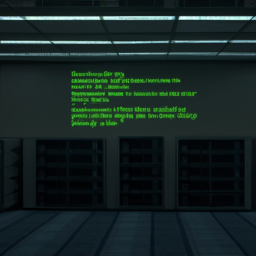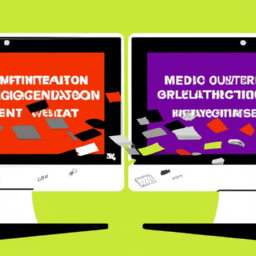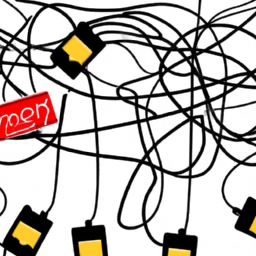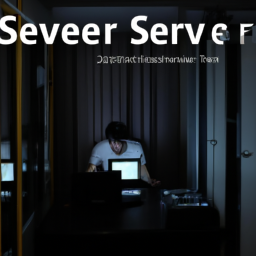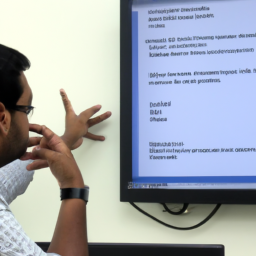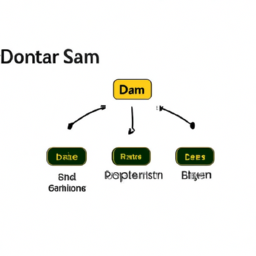Did you know that over 90% of internet users rely on FTP (File Transfer Protocol) to upload and download files? It’s a vital component in the digital world, but what happens when you encounter connection problems on your Windows system? Don’t worry, we’ve got you covered.
In this article, we will guide you through troubleshooting FTP connection issues step by step.
First and foremost, it’s important to ensure that your network connection is stable and reliable. A weak or intermittent connection can cause disruptions in your FTP transfers. Once you’ve confirmed that your network is functioning properly, it’s time to verify your FTP server credentials. Double-check that you have the correct username, password, and server address.
Next, make sure that the FTP service is running on your Windows system. If it’s not, you won’t be able to establish a connection. Additionally, disabling any firewall or antivirus software temporarily can help rule out any potential conflicts.
To improve compatibility with different FTP servers, consider using passive mode for your FTP connections. This can help bypass any network restrictions or firewalls that could be blocking the connection.
If you’re still experiencing issues, try using alternative FTP clients. Some clients may have better compatibility or troubleshooting features that can assist you in resolving the problem.
Now that you have a roadmap for troubleshooting FTP connection problems on Windows, let’s dive into each step in detail to get you back up and running in no time.
Key Takeaways
- Verify network connection stability and reliability.
- Check FTP server credentials (username, password, server address).
- Ensure FTP service is running on Windows system.
- Temporarily disable firewall or antivirus software to rule out conflicts.
Check Your Network Connection
Now, it’s time to take a quick look at your network connection to see if that’s what’s been causing your FTP connection problems.
Troubleshooting FTP connection issues on Mac devices can be a bit challenging, but don’t worry, we’re here to help.
Start by checking if your internet connection is stable and working properly. Ensure that you’re connected to the right network and that there aren’t any network outages or disruptions.
Common FTP errors and how to fix them include checking your firewall settings, disabling any antivirus software temporarily, and making sure that your FTP server’s port is open.
Once you’ve verified your network connection, it’s time to move on to the next step and verify your FTP server credentials.
Verify FTP Server Credentials
Surprisingly, double-checking your FTP server credentials might just reveal the root of your woes. The FTP server authentication process involves verifying the username and password provided by the client. If there is a mistake in either of these credentials, you will encounter connectivity issues.
To troubleshoot common FTP server errors related to credentials, ensure that you have the correct username and password combination. Pay attention to case sensitivity, as FTP servers often distinguish between uppercase and lowercase letters. Additionally, check if your FTP server requires a specific format for the username or password.
Once you’ve verified the credentials, you can proceed to the next step to ensure the FTP service is running smoothly.
Ensure FTP Service is Running
To make sure your FTP service is running smoothly, you need to ensure that it is up and functioning properly. One way to do this is by checking the FTP server logs for any error messages or issues that may be affecting its performance. These logs can provide valuable information about the status of the FTP service and help identify any potential problems. Additionally, you can test the FTP connection using a different device to determine if the issue is specific to your current device or network configuration. This can help isolate the problem and determine if it is related to the FTP service itself or some other factor. Once you have confirmed that the FTP service is running correctly, you can proceed to the next step and disable any firewall or antivirus software that may be blocking the connection. This will ensure that the FTP service can communicate freely with other devices on the network.
Disable Firewall and Antivirus Software
First, you need to make sure you disable those pesky firewall and antivirus software to unleash the full potential of your FTP service and experience lightning-fast file transfers. Disabling the firewall and antivirus software may have an impact on your system security, as it leaves your computer more vulnerable to potential threats. However, it’s necessary in troubleshooting FTP connection problems.
Common issues with FTP connections include failure to connect, slow transfers, and disconnections. By disabling the firewall and antivirus software, you eliminate any potential blocking or interference that may be causing these issues. Once you’ve disabled them, you can proceed to the next step of troubleshooting FTP connections: using passive mode. This allows for a more seamless and stable connection, ensuring a smoother FTP experience.
Use Passive Mode for FTP Connections
For a smoother and more stable FTP experience, try using passive mode when connecting to your server. Passive mode is a recommended solution for troubleshooting FTP connection timeouts and solving issues with FTP data transfers.
When using passive mode, your FTP client establishes the initial connection to the server, but the data transfers are handled through a separate channel. This helps to avoid potential firewall or network configuration conflicts that may cause timeouts or data transfer problems.
Passive mode is especially useful when you’re behind a firewall or NAT (Network Address Translation) router. By enabling passive mode, you ensure that your FTP client can successfully establish a connection to the server and transfer data without interruptions.
In the next section, we’ll explore alternative FTP clients that you can try for a more reliable connection experience.
Try Alternative FTP Clients
Looking for a fresh breeze in your FTP experience? Give alternative FTP clients a whirl! When troubleshooting FTP connection problems on Windows, trying a different FTP client can often help resolve the issue. Alternative FTP clients offer a range of features that may be more suited to your specific needs. To help you compare different FTP client features, here’s a table that highlights some popular options:
| FTP Client | Features |
|---|---|
| FileZilla | Drag and drop file transfers, site manager, FTPS support |
| WinSCP | Secure file transfers, scripting, integration with PuTTY |
| Core FTP | SSL/TLS encryption, scheduling, file compression |
| Cyberduck | Support for multiple protocols, bookmarking, synchronization |
In addition to exploring these alternative FTP clients, it’s also important to utilize FTP connection troubleshooting tools. These tools can help identify the root cause of connection problems and provide valuable insights for resolving them. By comparing different FTP client features and exploring FTP connection troubleshooting tools, you can enhance your troubleshooting capabilities and improve your overall FTP experience.
Frequently Asked Questions
How do I check the status of my FTP server?
To check the status of your FTP server, you can perform a test to ensure it’s functioning properly. First, open a command prompt and type ‘ftp’ followed by the IP address or domain name of the server. Press Enter. If you receive a ‘Connected to’ message, it means the server is up and running. If you encounter any error messages or failures, it indicates there may be issues with the FTP connection that need troubleshooting.
What should I do if I’m unable to connect to the FTP server even after verifying the credentials?
If you’re unable to connect to the FTP server despite verifying your credentials, there might be other factors at play. Imagine you’re trying to open a locked door with the right key, but it just won’t budge. Similarly, even though your credentials are correct, there could be other issues causing the connection problem.
To troubleshoot, you can try using alternative FTP clients like FileZilla or WinSCP. Additionally, be aware of common FTP errors such as incorrect server address, firewall restrictions, or passive mode settings.
Is it possible to troubleshoot FTP connection problems on Windows without disabling the firewall and antivirus software?
To troubleshoot FTP connection problems on Windows without disabling the firewall and antivirus software, start by ensuring that the necessary ports (usually 20 and 21) are open in the firewall.
Next, check if the FTP client is using passive mode, as some firewalls may block active mode connections.
Additionally, verify that the antivirus software is not blocking the FTP client’s access to the internet. You can do this by adding the FTP client as an exception or temporarily disabling the antivirus while testing the connection.
What are the advantages of using passive mode for FTP connections?
To fully understand the advantages of using passive mode for FTP connections, it’s important to consider commonly used FTP clients.
Passive mode allows for a more secure and reliable data transfer by ensuring that the client initiates the data connection. This helps bypass any firewall restrictions and prevents connection issues caused by NAT devices.
Passive mode is particularly beneficial when dealing with large file transfers or connecting to servers behind firewalls.
Are there any other commonly used FTP clients that I can try if the recommended one doesn’t work for me?
If the recommended FTP client isn’t working for you, there are alternative FTP clients available that you can try. Some commonly used ones include FileZilla, WinSCP, and Cyberduck. These clients offer similar functionality and can be used for troubleshooting FTP connection issues.
You can download and install these clients from their respective websites. Once installed, you can configure the connection settings and try establishing an FTP connection using these alternative clients.
Conclusion
In conclusion, troubleshooting FTP connection problems on Windows requires a systematic approach. Here are the steps to follow:
- Check your network connection.nn2. Verify FTP server credentials.nn3. Ensure the FTP service is running.nn4. Disable firewall and antivirus software.nn5. Use passive mode for FTP connections.nn6. Try alternative FTP clients.
Remember, troubleshooting is like untangling a web of wires; it may seem complex, but with the right tools and techniques, you can unravel the problem and achieve a smooth FTP connection.
